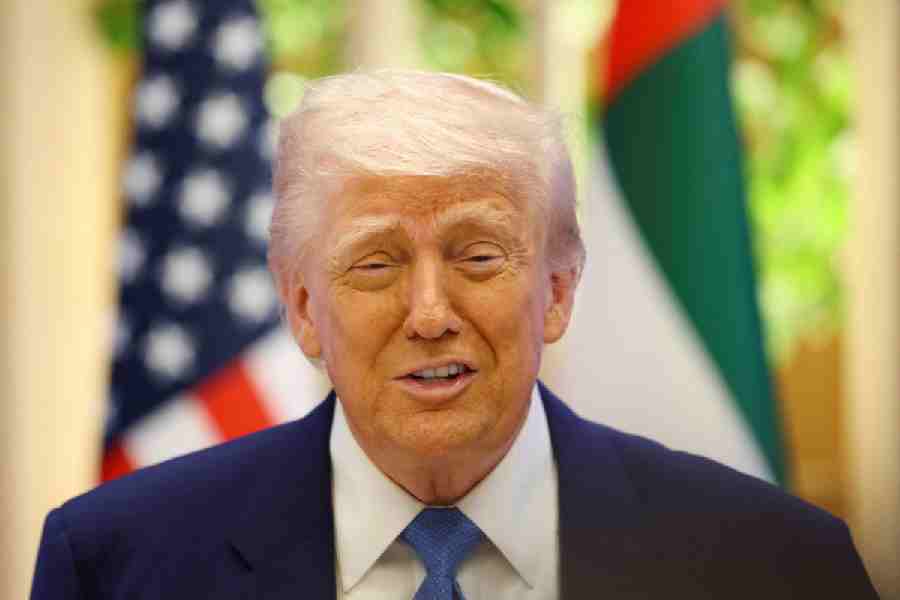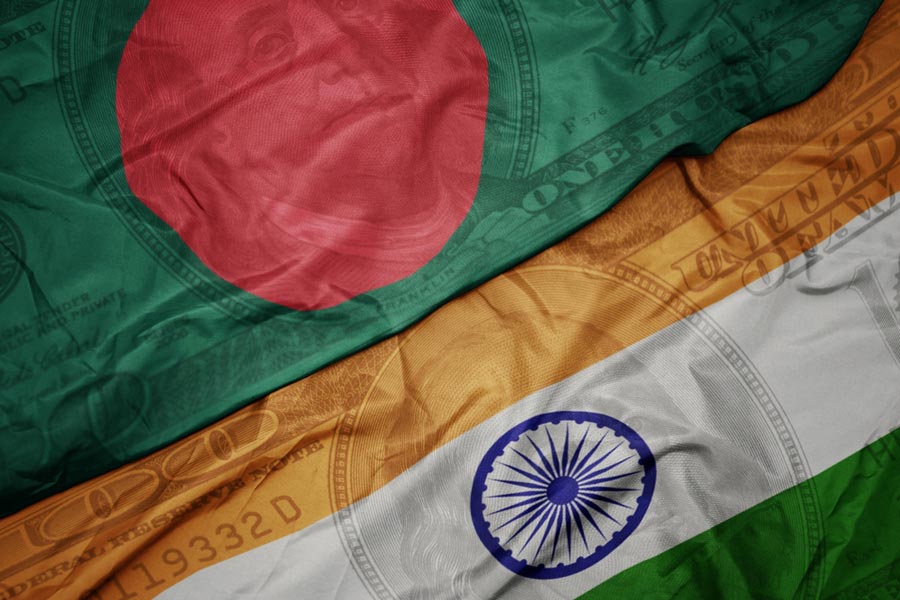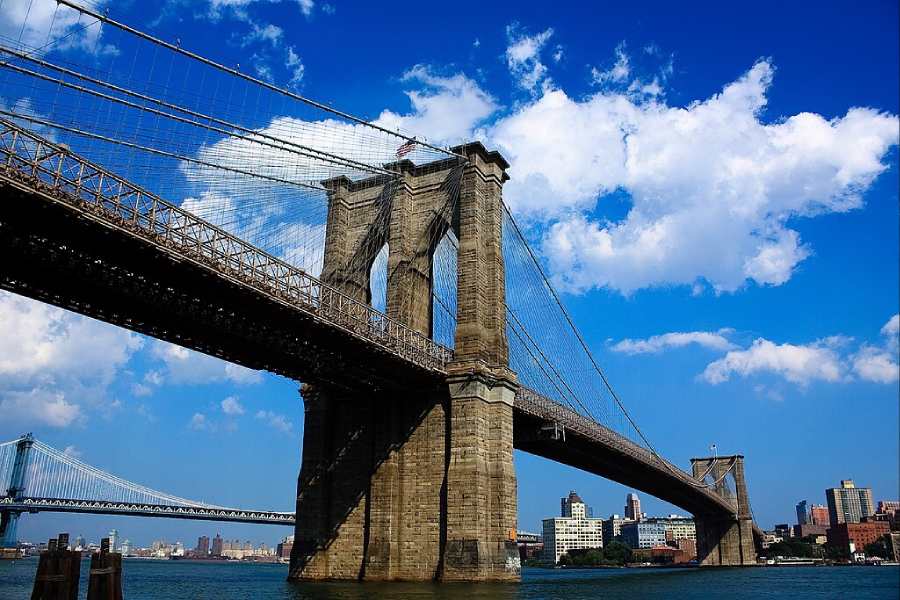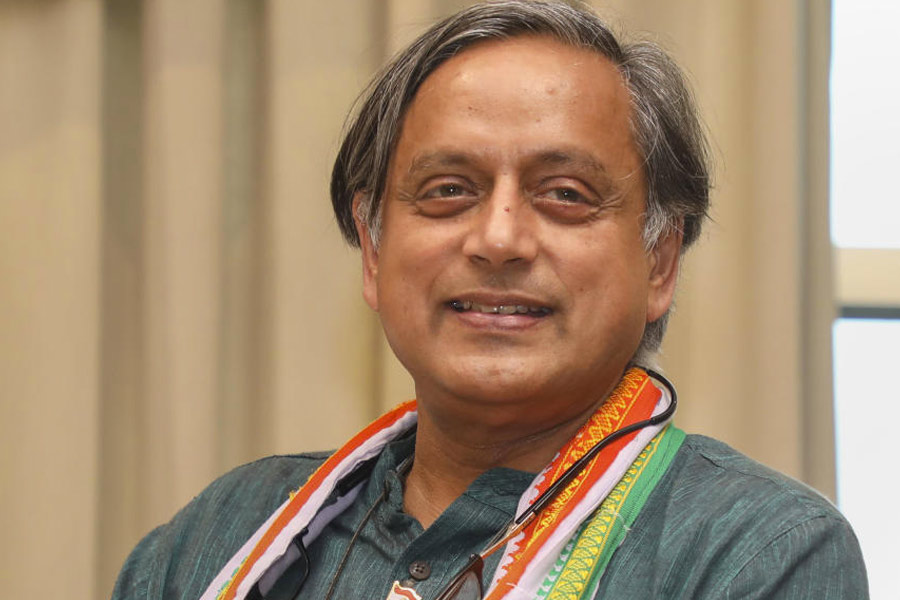 |
 |
| The Buddha seated in padmasana holds his two hands in the vyakhyana mudra (preaching attitude). The halo is devoid of any carving and the drapery with heavy folds covers only the left shoulder. The wavy hair is arranged in a big top knot and the urna (mark of knowledge) is projected in the centre of the forehead. The half-closed drooping eyes impart an absorbed and inward vision. The blissful expression on the face is to be compared with the Gupta period classical idiom. The sculpture has a tenon at the base for fixing. (Right) The Buddha seated in the attitude of meditation. There is a prominent urna on his forehead and a large nimbus behind. The raised hairline is prominent and the wavy hair is swept back over the ushnisha. The loose garment covers both his shoulders. The pedestal contains the scene of the worship of the bowl. The image in every respect is a typical example of the Gandhara idiom |
The Indian Museum seems to have shaken off its torpor. For the time being at least. The institution, which is perhaps the oldest museum in Asia, has one of the largest number of images related to Buddha from different schools of art, media and places. This collection of Indian Buddhist art is said to be the most diverse in the entire world. What the authorities do, or better still, do not with the hoard is another matter.
The museum is organising an international exhibition of Buddhist Indian art in Shanghai Museum, China (December 2 to February 2, 2015), and Tokyo National Museum, Japan (March 16 to May 17, 2015). All these objects belong to a time when India was not the India of today, and covered Afghanistan, Pakistan, Nepal, Tibet and Bangladesh, for it was long, long before most of these nations were even born.
The exhibition traces various stages in the life of Buddha and the development of Buddhism. Buddhist art faithfully reflects all the important stages in the history of Buddhism and the exhibits do that too. The exhibits are mostly derived from remains of gateways, railings, balustrades, coping stones, facades and walls of the stupas of Bharhut, Bodhgaya, Sanchi, Mathura and the Buddhist sites of the Krishna-Godavari valley. Curious intermixes between Western and indigenous elements are noteworthy in the Buddhist sculpture of the period.
The story of Buddha begins with Maya’s dream, and continues with the birth of Siddhartha, his renunciation of worldly pleasures, his meditation, his first sermon at the deer park in Sarnath, the preaching Buddha, the miracle of Sravasti — walking in the air while emitting alternately flames and waves of water from the upper and lower parts of his body — and finally his Mahaparinirvana or death. The growth and spread of Buddhism is also recorded in these exhibits.
Some exquisite objects have been selected from the museum’s vast treasure trove reflecting the Gandhara and Mathura idioms under the Kushanas. Also included is the pantheon of deities which emerged from Buddhism such as the beautiful Marichi and Ushnishavijaya, and Samvara and the pot-bellied Jambhala, the latter image having inscriptions on its pedestal. There are five panels from Bharhut too.
The objects are mostly from the archaeological, anthropological and art sections of the museum. Some Buddhist miniatures — mainly manuscripts —are included. Among the objects from outside India are images of Buddha in marble and wood and a model of a pagoda, all from Myanmar.










